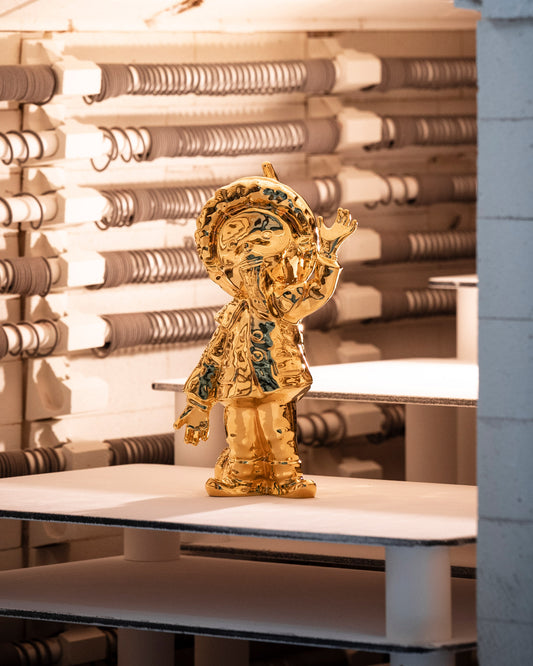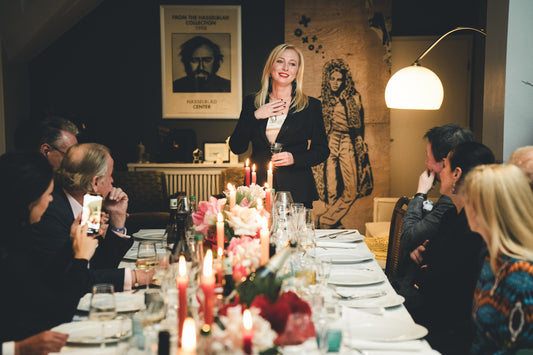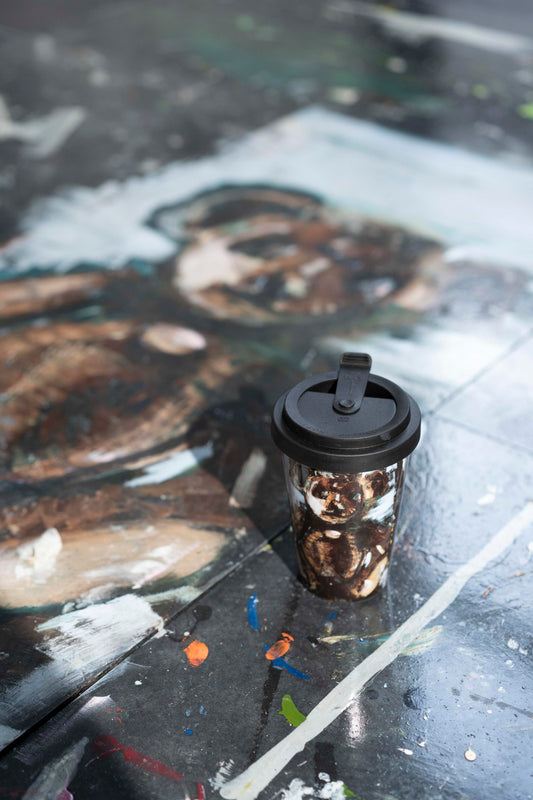WHAT DOES IT ACTUALLY SMELL IN THE KPM MEISTERMALEREI?
The short answer: Like aromatherapy. There is a very specific reason why the porcelain painting smells of lavender, anise, orange and countless other scents, which we will tell you here!
The Royal Porcelain Manufactory takes you on an olfactory journey behind the scenes of the traditional walls that have guarded the secrets of Berlin porcelain production since 1763. During the elaborate transformation of three natural raw materials - kaolin, feldspar and quartz - into elegant objects for tables, tables and home decor, perfected down to the last detail, the experts are surrounded by numerous special scents. The special scent bouquet of Berlin porcelain can be experienced particularly in the master paintings of the traditional manufactory.
A special atmosphere emanates from the master paintings of the Royal Porcelain Manufactory: In bright rooms, the painters sit at their workplaces with great concentration and create real works of art . You paint the porcelain by hand between countless green plants - each piece is unique !
There is a simple reason why it smells so good: the KPM master painters mix the powdery color pigments with natural oils . Clove or lavender oils, for example, are particularly suitable for liquefying the paint - and the calming effect of lavender is certainly a welcome side effect, after all , porcelain painters need a steady hand .
During the final firing stage, the so-called muffle firing, the color changes again as it fuses with the glaze. It takes a lot of experience – and the highest level of skill – for a porcelain painter to know which colors he can mix and use and how they develop after firing.
The scent of the manufactory between heritage and today
The scent of the Royal Porcelain Manufactory Berlin now fills your own feel-good residence as an aroma candle with the fascinating flair of its place of origin. Captured by the porcelain vessels from the KURLAND (1790) and LAB (2016) collections, the fresh fragrance composition Edition WEISS tells the story of the porcelain manufacturer, which has existed for over 250 years, between heritage and modernity.


